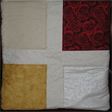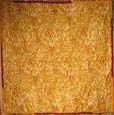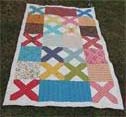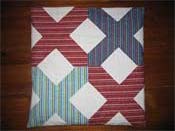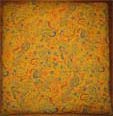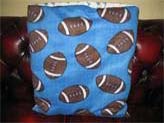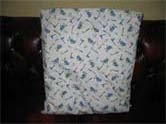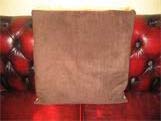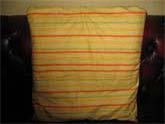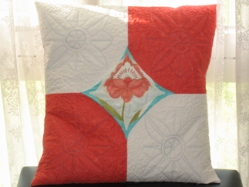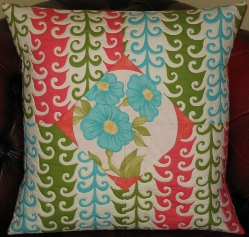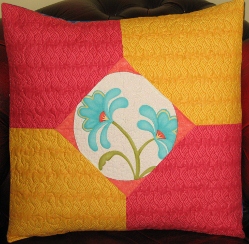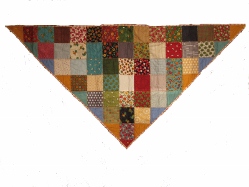After making quilts and cushions, I believe the next logical progression should be a quillow which is the combination of a quilt and a pillow in one. There are 2 different schools of thought on this and will express both here.
1) Make the quilt top, add backing and wadding by laying all three pieces down, sewing round and turning the quilt to the right side through a hole. You then top stitch the hole closed. With no quilting done, add the pillow which has been made to the back of the quilt and then tie or quilt minimally your project.
2) Complete the quilt as normal – quilting the whole top and adding binding. Make the cushion cover and attach to the back of the quilt.
I prefer number 2 as the quilt is completely finished and one can decide to leave as is or add the pillow bit.
Dimensions:
To make a pillow for any quilt size, use these measurements:
Length of quilt divided by 4 e.g. 56″ / 4″ = 14″ L
Width of quilt divided by 2.5 e.g. 35″ / 2.5″ = 14″ W
Quillows can also be made un-pieced using a flannel blanket and adding a pillow to the back of it.
|
|
|
|
|
|
|
|
|
|
|
|
|
|
|


